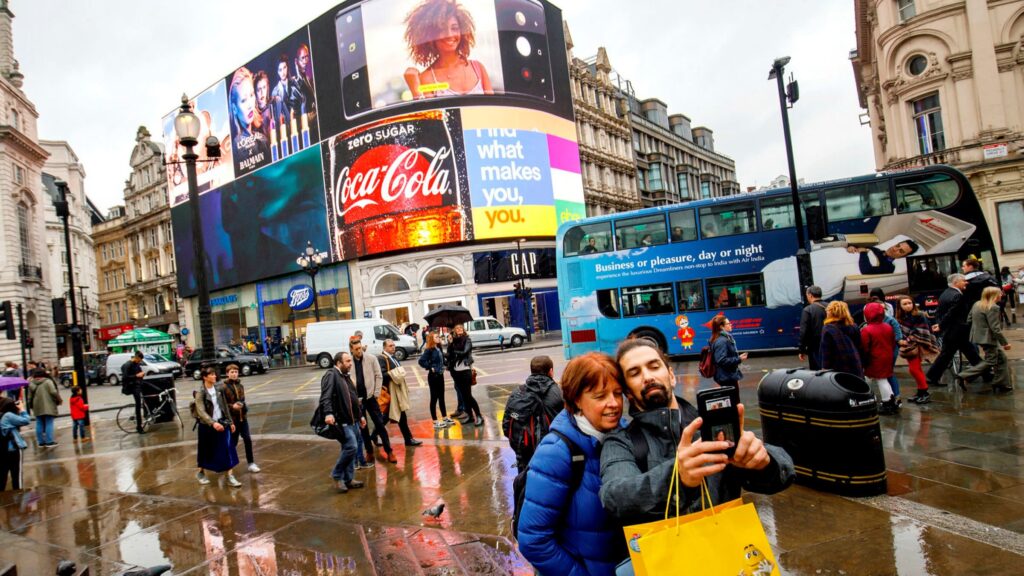Landsec/climate change: stranded assets looming on the skyline


The bright lights of London’s Piccadilly Circus recently promoted the UN-backed Race to Zero. That is thematically apt if not environmentally appropriate: the landlord is Landsec, an early adopter of climate targets.
The FTSE 100 company still has a lot to do to improve its own portfolio’s energy efficiency. On Tuesday, it announced plans to spend £135m on greening its buildings. The figure is a surprisingly low 1 per cent of the company’s portfolio value.
Crucially, the huge environmental cost of making buildings from concrete and other energy-intensive materials gets excluded from the calculation. That means Landsec should have no problem reaching its goal of reducing carbon emissions by 70 per cent by 2030, compared with a 2014 baseline.
It has already made some easy savings such as switching to low-energy lightbulbs and renewable tariffs. The rest will be achieved by installing air source heat pumps, in place of gas-fired boilers, and upgrading building management systems.
The investment is essential for Landsec to meet mandatory 2030 emission standards. The energy performance certificates of 63 per cent of its offices and 78 per cent of its retail property need higher grades by then.
Many landlords are in a worse position. Only 22 per cent of offices have the top grades needed in 2030. Big sums need to be spent. One paradox is that curbs on recurring emissions could turn old office blocks into valueless stranded assets — even though they reduce pollution from new builds if they can be occupied.
Valuers are beginning to mark down unsustainable buildings. “Brown discounts” have been as high as a third. Emissions also affect the costs of borrowing, notes Jefferies’ Mike Prew. FTSE 250-listed Derwent London, aiming for net zero by 2030, this month issued a £350m green bond at a low 1.875 per cent coupon. Energy efficient buildings are also commanding green rental premiums of up to 13 per cent, according to Knight Frank.
Landsec still has a skyscraper to climb. Emissions that are outside a company’s direct control, known as Scope 3, account for 85 per cent of the carbon footprint of a typical real estate business. Landsec’s 70 per cent target only includes some of these emissions, relating to office tenants.
All in — including construction — buildings account for nearly two-fifths of global emissions. Getting to net zero will require greater effort than installing a few million low-energy lightbulbs.
The Lex team is interested in hearing more from readers. Please tell us what you think of the environmental challenge faced by construction companies in the comments section below.